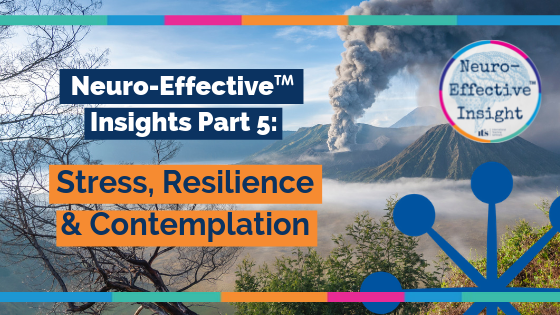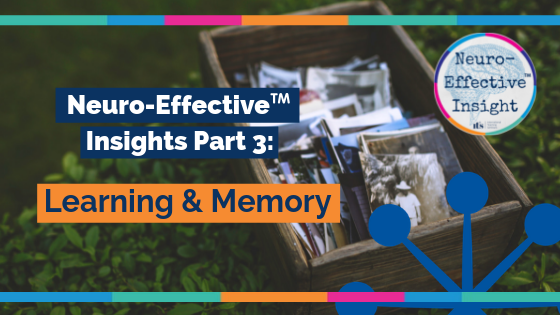When Your Thoughts Run You: Understanding Rumination
Have you ever found yourself lying awake at night, unable to shake off nagging thoughts or dwelling on past mistakes? If so, you’re not alone. Rumination, the relentless cycle of negative thinking, is a universal human experience that affects us all at some point in our lives. But what exactly is it and how can we turn it from a source of distress into a tool for personal growth?
In this blog post, we’ll delve into the depths of rumination, exploring its origins and impact on our mental well-being. From the neuroscience behind rumination to practical strategies for breaking it’s relentlessness, helping you to navigate your own thought patterns more effectively.
By understanding the mechanisms of rumination, you can transform it from a source of suffering into a catalyst for positive change. So, if you’ve ever felt trapped in a cycle of negative thinking or struggled to quiet your mind, this blog is for you.
Read now to explore the world of rumination and discover how-to make it work for you, instead of against you.
What is Rumination?
Rumination is a process of repetitive negative thinking, where you chew over the same thoughts over-and-over without finding any resolution.
Not to be confused with constructive mental reflection where you process an event or concern, in order to generate a solution or acceptance. Instead rumination prevents you from effective problem solving or looking at something objectively—it feels like being mentally stuck and it’s tiresome.
The brain ruminates as a response to perceived threats—situations or ideas that it interprets as dangerous or stressful. These threats can be real or imagined, and they trigger the mind to focus intensely on potential harm or failure. The brain’s fixation on these perceived dangers may have once been adaptive (helping us to avoid risks), but in modern contexts it is less useful and simply prolongs anxiety and distress when the threat is not immediate or life-threatening.
The Neuroscience of Rumination
To understand rumination better, let’s delve into the neuroscience behind it.
Our brain has specific networks that activate during rumination. The default mode network, responsible for introspection and evaluating past events, plays a significant role.
However, in rumination, other areas like the amygdala (linked to threat perception) and the subgenual prefrontal cortex (which inhibits action) also become active.
This neural activity creates a loop of negative thoughts, making it challenging to break free.
How-to Combat Rumination
We’re in the business of how-to’s. Why? Well, because the more resources you have the more choice and autonomy you adopt. You become the one in the driving seat. Or as Ian (ITS Founder) would express it “who’s driving the bus?!”. The more how-to’s you have, the more likely the answer to Ian’s question is “me”!
So, how can we break free from rumination and make it work for us instead? Here are some simple strategies:
1. Awareness and Mindfulness: The first step is recognising when you’re ruminating. Mindfulness practices can help us observe our thoughts without getting entangled in them or without judgement. By cultivating awareness of these patterns, we can gently guide our minds away from rumination towards more constructive thinking.
2. Writing It Down: Externalising our thoughts by writing them down can be incredibly therapeutic. This journaling malarkey might be onto something…! Since this practice allows us to see our thoughts from a new perspective, disrupting the cycle of rumination. By shifting our focus from the amygdala-driven threat response to a more balanced and reflective state can help break the cycle.
3. Small Positive Actions: Engaging in small, positive actions or thoughts can also help combat rumination. This could involve recalling things we’re grateful for or performing acts of kindness. These actions can deactivate the inhibitory influence of the subgenual prefrontal cortex, allowing us to move away from negative thought patterns. By focusing on positive, actionable steps, we strengthen neural pathways that promote healthier thinking habits.
Conclusion – Turn Rumination into Action
Rumination may seem like an unstoppable force, but understanding its mechanisms can empower us to regain control over our thoughts. By cultivating awareness and practicing mindfulness like journaling and gratitude practices, we can break the cycle of relentless thinking. Which in turn help to provide us with some calm and clarity, shifting our focus towards more resourceful thoughts.
If you want to overcome rumination, consider incorporating these powerful tools into your daily routine, because while rumination might seem like a natural response to stress, its repetitive and unproductive nature often leads to increased anxiety, depression, and a persistent state of mental distress. So with awareness and mindfulness strategies by your side, you can navigate the twists and turns of your mind with greater ease and resilience.
Remember, you have the power to shape your thoughts and ultimately, your reality.
Learn more about Applied Neuroscience and Rumination in our upcoming free live-online workshop called ‘Turning Rumination into Action‘ happening Wednesday 12th May 2025, 3pm-5pm UK. Register for your free place here >





Leave A Comment